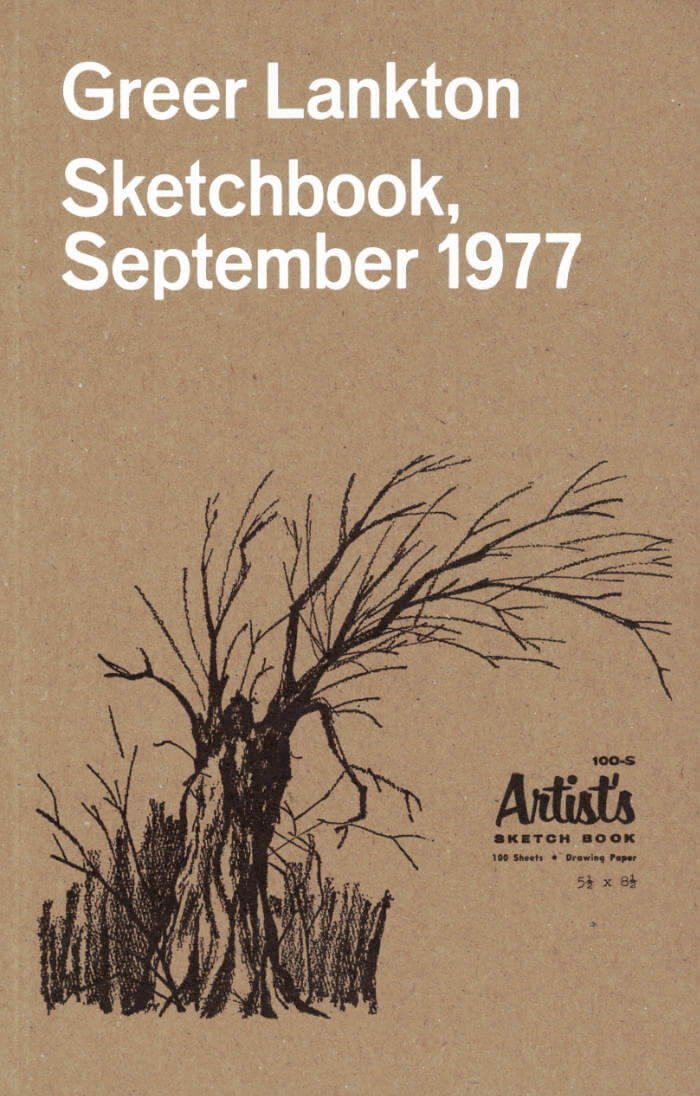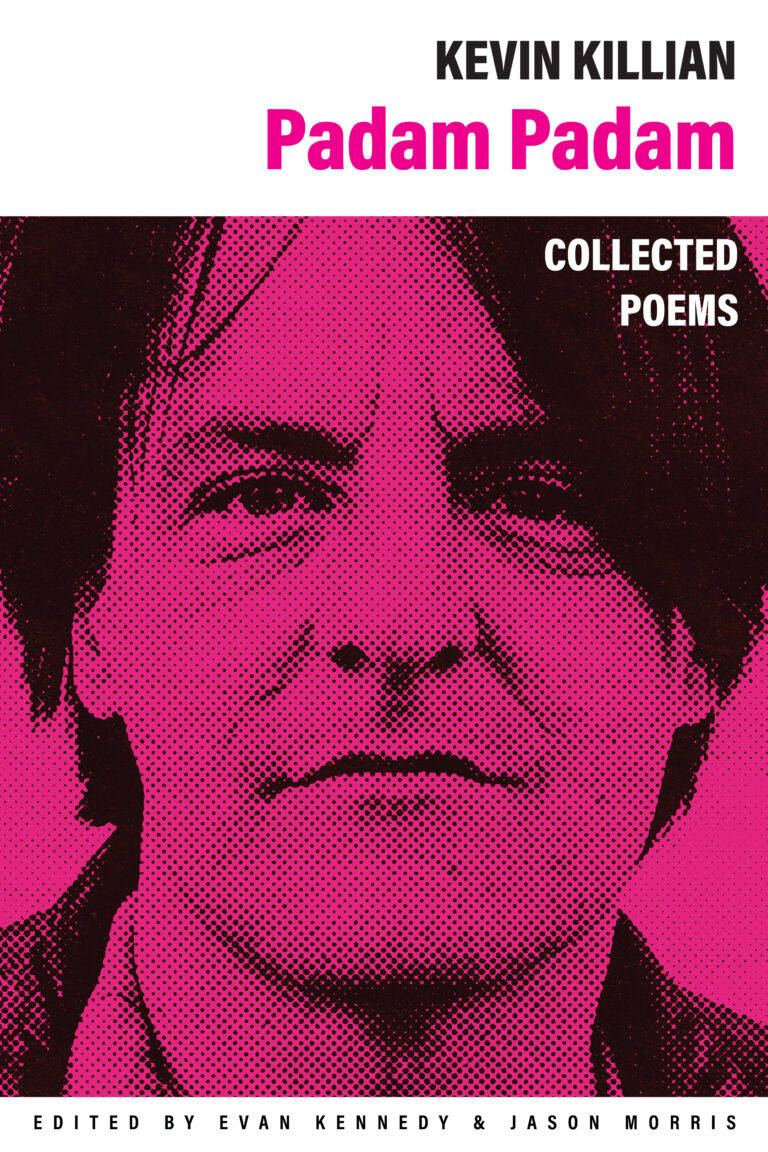
KILOBASE BUCHAREST A-Z
Sandra Demetrescu ed., Dragoș Olea ed.
KILOBASE BUCHAREST A-Z is a publication which is describing Bucharest through a sort of experimental alphabet book: for each letter of the English alphabet, artists, writers, architects and researchers were invited to choose a key term and develop a contribution representing a sliver of the Romanian capital city, capturing a polyphonic set of perspectives on the infinite facets of a city whose identity is notoriously difficult to define.
Contributions by: Irina Bujor, Serioja Bocsok, studioBASAR, Iuliana Dumitru, Ștefan Ghenciulescu, Kilobase Bucharest, Apparatus 22, Mihnea Mihalache-Fiastru, Ștefan Constantinescu, Sabine Bitter & Helmut Weber, Gruia Bădescu, Ioana Ulmeanu, Decebal Scriba, Sillyconductor, Prosper Center, Geir Haraldseth, Jimmy Robert, Karol Radziszewski, Lea Rasovszky, Ștefan Botez, Simina Neagu, Bogdan Iancu, Andrei Mihail, Mihai Lukács, Mihai Mihalcea, Cosima Opârtan, Juergen Teller, Hans Leonard Krupp.
The publication also includes a republished insert by late artist Ioana Nemeș, and three reprinted contributions previously published in Kilobase Bucharest A-H (Mousse Publishing, 2011) produced on the occasion of "Image to be projected until it vanishes" exhibition at Museion Bolzano.
Language: English






